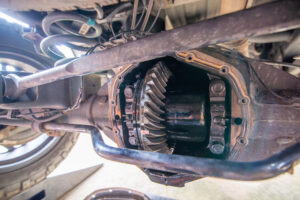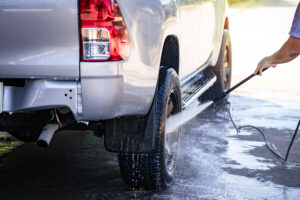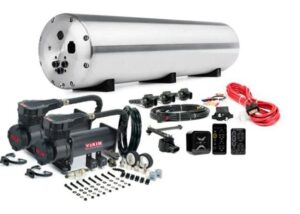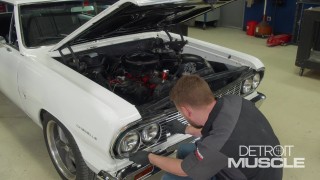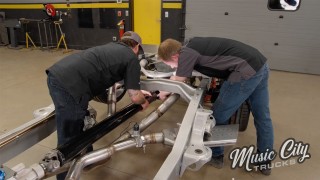Trail-Ready Jeeps: 5 Essential Mods You Can’t Ignore
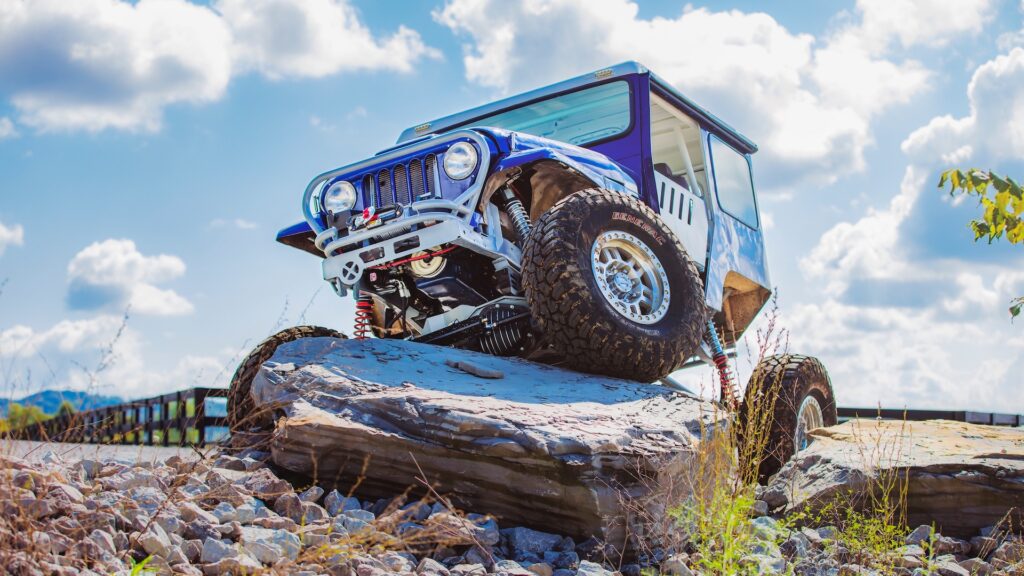
Jeep ownership can be an entire lifestyle on its own. They are some of the most customized and modded vehicles on the road and trails, and nearly no two Jeeps ever look the same. You can really put your own personal twist on your vehicle, all while enhancing its off-roading capabilities. Because Jeeps are purposefully designed to handle all kinds of terrain like dirt, mud, rocks, and sand, there are plenty of ways enthusiasts can improve their outdoor experience.
Since we’ve had quite a few Jeeps in the Carcass studio, we’ve come to learn what modifications make a Jeep project a success. So let’s take a closer look at some of the upgrades we’ve added over the years that elevated these off-roading juggernauts to tackle even the roughest of trails.
1. Improved Suspension System
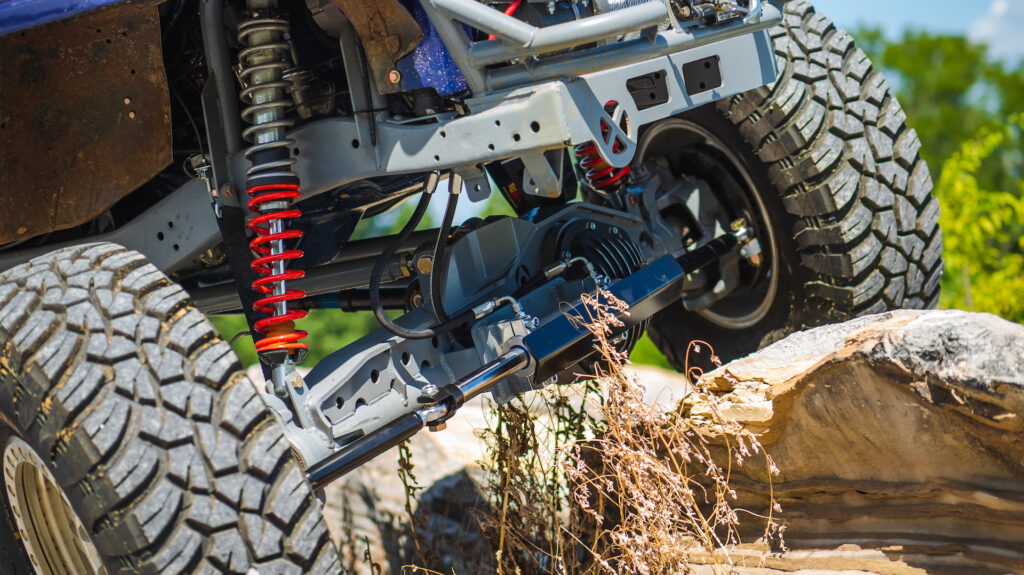
Every Jeep project is expected to engage in “Jeep stuff”, i.e. off-roading. While you could certainly hit the trails with a Jeep as 100% stock from the factory, upgrading your suspension system is crucial for better performance and handling while off-roading.
There are plenty of kits out there that can improve your Jeep’s suspension, both through the manufacturer and in the aftermarket. This modification will often involve extending the wheelbase, adding adjustable shocks, using trusses to enhance the strength of the axle, and even adding a four-link suspension system for improved articulation and adjustability as we did with our Junk Mail Jeep project. The greater suspension upgrades you add, the better you will be when taking on even the most challenging of trails.
2. Off-Roading Wheels and Tires
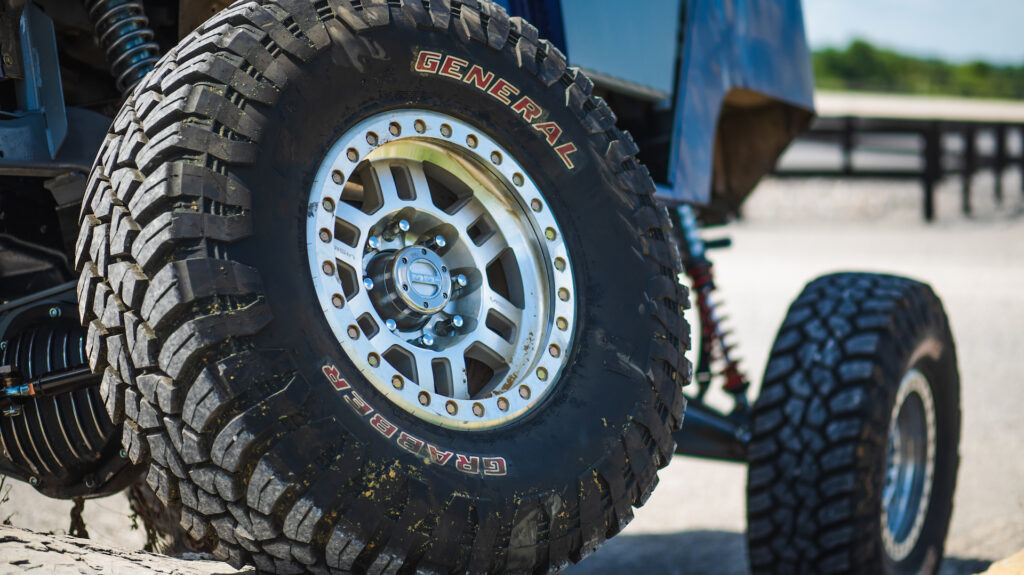
Having the right set of tires can be the difference between a fun off-roading trip and a bad off-roading trip. Should you go with the stock set that came with your vehicle? Or would you be better off investing in some bigger and tougher tires? That would be like going on a hike and choosing to wear either hiking boots or tennis shoes.
There are lots of tire options available. But for an off-roading Jeep, it’s recommended that you opt for a wide (at least 275), all-season, all-terrain set of tires. They are large and durable enough to handle big rocks, logs, and uneven trails. But it’s an added bonus for when they are just as smooth driving down the street. A set of tires with that on-road/off-road balance is a huge upgrade, especially on a Jeep that you plan on driving regularly.
Also, when choosing your wheels, you need to consider your tire size. If your tires are really big, there is a greater likelihood that they will come into contact with the suspension and frame. So keep an eye out for wheels that have a little more backspace that will keep the tires out and away from the rest of your Jeep.
3. Winch
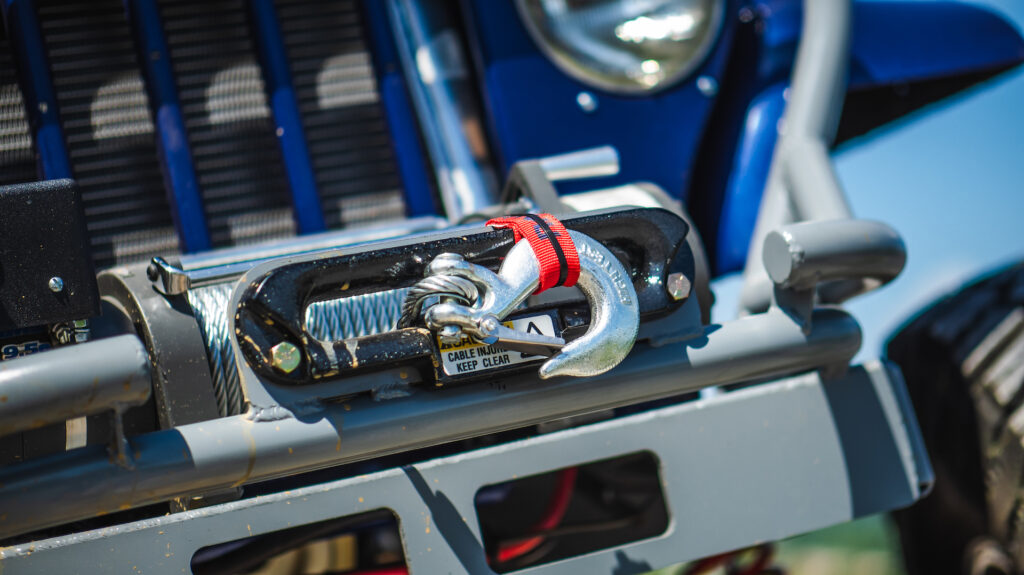
When you’re out roughing it in the great outdoors, anything can happen. You can drive over and get stuck on a giant log. You may underestimate the depth of a big puddle of mud. Or maybe one of your friends might get accidentally lodged in a rocky crevice. These are the sort of situations in which a winch would come in handy to pull yourself or friends out of sticky situations.
For example, take our Jeep JK project. The kit that we used was a Zeon 12-S Platinum Winch from Warn Industries, which could pull up to 12,000 lbs and came with a lot of extra features such as a wireless remote, a high-speed motor, stronger gears, and hardened ring gear.
We should also note that when choosing a winch, it needs to have a pull rating at least 1.5 times the gross vehicle weight rating (GVWR) of your Jeep.
4. Front and Rear Axle Upgrades
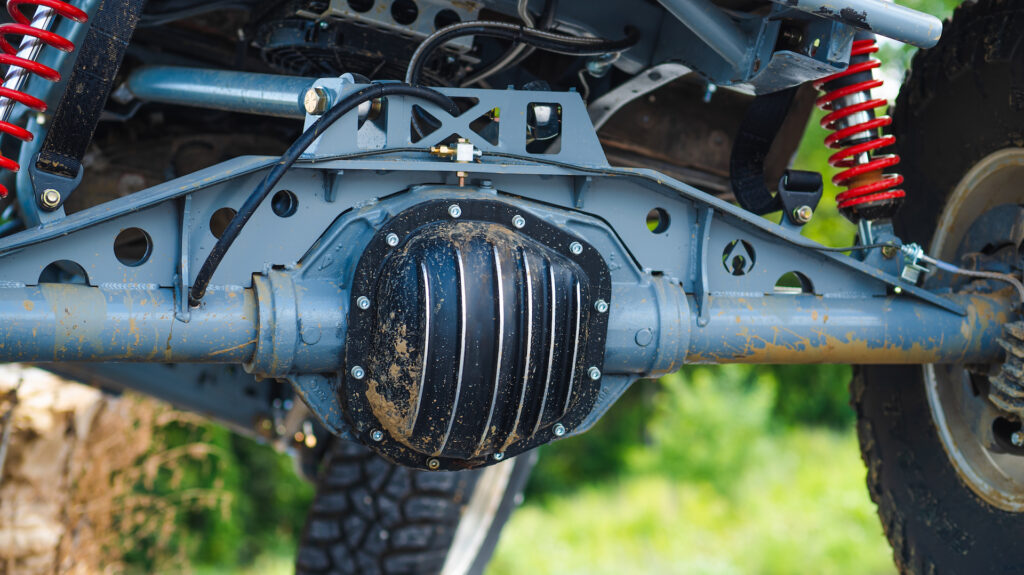
If you are going to add a bigger set of tires to your Jeep, then you are most definitely going to need to upgrade your front and rear axles to make your project driveable. If your axles aren’t adjusted to work with wheels greater than what they were geared to, then your engine has to work overtime to compensate, and you don’t want that.
The best way to beef up your axles to handle larger tires is by regearing them. And if there’s a strong chance that your Jeep came with either a Dana 30 or Dana 44 axle, that will involve swapping out the differential. Just like when we installed a Richmond Gear 488 Ring & Pinion Gear kit with a Yukon Grizzly Locker to our Junk Mail Jeep build, this upgrade would allow us to send 100% of our power to the tires for when we need it. And if you’ve ever gone off-roading before, there will be plenty of opportunities when you will need 100% of your power.
While upgrading your locker, you should also consider upgrading the size of your axle shafts. A stock Jeep will usually come with a 30-spline unit. So if your build could use some extra strength, a 35-spline axle shaft can take some of that weight off your shoulders.
5. Heavy Duty Front and Rear Bumper
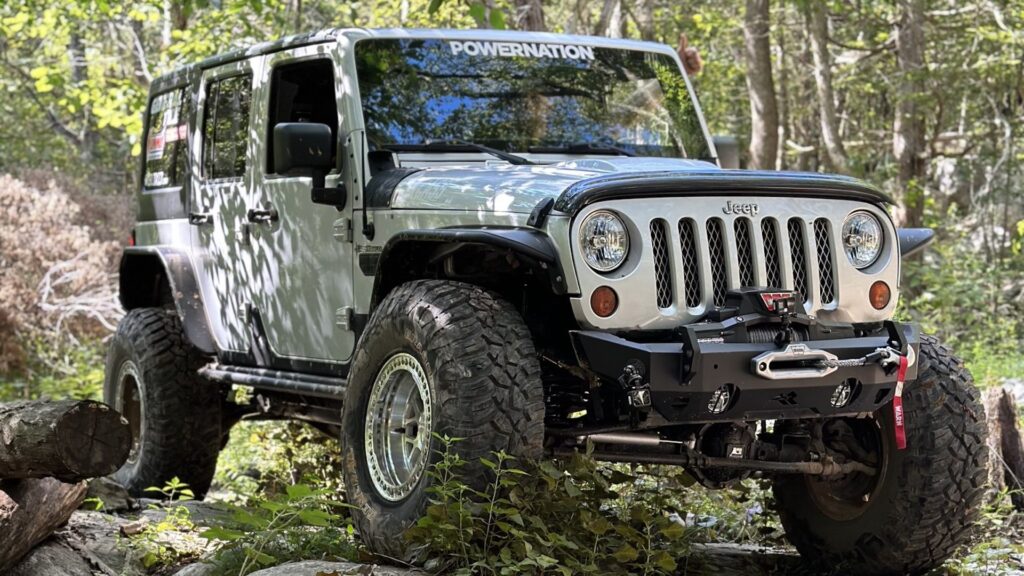
For any Jeep project that involves going off-roading, having the right protective equipment is key. Swapping out your stock bumpers with something a little more heavy-duty is something that should definitely cross your mind. In the event that you are getting a little too close to a tree or boulder, it would be wise to have both ends of your Jeep protected by something that can take a lot of hits, and yet still retain full functionality.
As you can imagine, the aftermarket selection for Jeeps is absolutely massive and there are a ton of options out there. Lots of Jeep enthusiasts would recommend a front bumper that would run the full width of your vehicle from the fender flares tip to tip, but some mid-length bumpers would work just as well too. Look for something high-quality, powder-coated, and that is able to mount both a heavy-duty winch and fairlead. When that time comes when you have to pull yourself or a friend out of the mud, you’ll be glad you had this.
The same can be said for the rear bumper too. The departure angle for some newer Jeeps can sometimes send the rear bumper into the natural environment as you’re descending. The stock rear bumper will end up looking in rough shape rather quickly the more you take your Jeep off-road. An aftermarket rear bumper that is just as durable, high-quality, and reliable as the front would give you some peace of mind whenever you decide to take on some of the more challenging trails.
Want to read more articles like this?
Join the PowerNation Email NewsletterRead More from PowerNation
- Chapters
- descriptions off, selected
- captions off, selected
This is a modal window.
